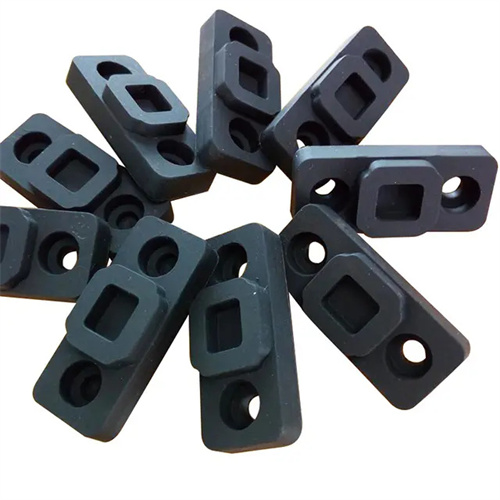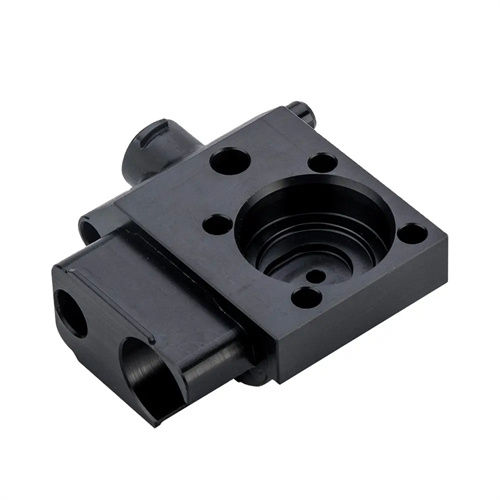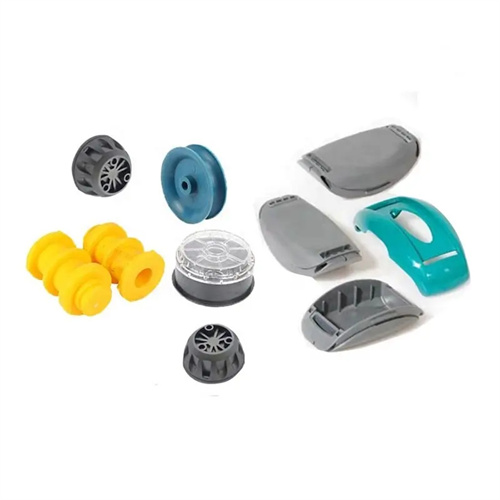Single Cavity Flow Balance Example
In injection molding, while single-cavity molds don’t require the same considerations as multi-cavity molds regarding flow balance between cavities, ensuring uniform melt flow and filling within a single cavity remains crucial for part quality. Single-cavity flow balance ensures that the molten plastic flows along the intended path and velocity during cavity filling, filling all areas simultaneously or in a reasonable sequence. This avoids problems such as localized overfilling, overly slow filling, or uneven pressure distribution, thereby minimizing defects such as weld marks, bubbles, and sink marks. The following example illustrates the implementation process and key technical points of single-cavity flow balance.

A company produces a large plastic cover part. Made of ABS, the part is a rectangular planar structure measuring 800mm x 600mm x 5mm, with multiple reinforcing ribs and mounting holes distributed throughout. During initial mold trials, significant flow imbalance was observed: after the melt entered through the center gate, it flowed unevenly around the mold. Areas near the gate filled and cooled quickly, while corners farther from the gate filled more slowly. Short shots or noticeable weld marks frequently occurred, severely impacting part quality and production efficiency. Observation and analysis of the filling process revealed that the main causes of the flow imbalance included improper gate placement, uneven melt temperature distribution, and an inadequately designed mold cooling system.

To address the aforementioned flow imbalance, the gate position was first optimized. In the initial design, the gate was placed at the center of the part. While this theoretically allows the melt to flow an equal distance in all directions, the presence of multiple reinforcing ribs in the center of the part acts as a flow barrier, causing the melt to experience varying resistance as it flows toward the corners, resulting in uneven flow velocity. Through simulation analysis, the gate position was adjusted to be closer to the center of the part’s long edge. A fan-shaped gate was adopted, increasing the gate width. This allows the melt to flow more smoothly to both sides, reducing the difference in flow resistance caused by the ribs. Furthermore, the fan-shaped gate reduces the melt’s flow velocity upon entering the mold cavity, preventing turbulence and air entrainment, and promoting smoother melt flow.

Secondly, process parameters were optimized, focusing on melt temperature and injection speed. The melt temperature of ABS material typically ranges from 200-240°C. During the initial mold trial, the melt temperature was set at 210°C, resulting in high melt viscosity and greater flow resistance, exacerbating flow imbalance. Increasing the melt temperature to 225°C reduced the melt viscosity, improved its fluidity, and ensured smoother flow within the cavity. Regarding injection speed, a segmented control approach was adopted: initially, a lower injection speed (30 mm/s) was used to slowly fill the area near the gate, avoiding pressure fluctuations caused by excessive speed. After the melt passed the rib area, the injection speed was increased to 60 mm/s to accelerate the melt flow toward the corners, ensuring timely filling of these areas. When the cavity was 90% filled, the injection speed was reduced again to 20 mm/s to provide a buffer before holding pressure and reduce flash caused by inertia. This segmented injection speed control effectively balanced the melt flow rate in different areas.

Finally, the mold’s cooling system was improved. The initial cooling system used simple in-line water channels, which were unevenly distributed. This resulted in significant differences in cooling rates across different areas of the molded part, further exacerbating the problems of uneven flow and shrinkage. Based on the structural characteristics of the part, the cooling channels were redesigned: annular and branching channels were added around the perimeter of the part and near the ribs, ensuring a uniform distribution of the cooling channels around the cavity, maintaining a distance of approximately 12 mm from the cavity surface. Furthermore, the number and diameter of the water channels were appropriately increased in the corners away from the gate, improving cooling efficiency in these areas and preventing excessive shrinkage caused by slow cooling. Furthermore, a water temperature controller with higher temperature control precision was implemented to ensure that the temperature difference between different areas of the mold was controlled within ±2°C, providing a stable environment for uniform melt flow and cooling.

Through the aforementioned series of optimization measures, the single-cavity flow balance issue for this large plastic cover part was effectively resolved. Mold trials showed that the melt evenly filled the entire cavity, with fill time differences between different areas kept to within 0.5 seconds, eliminating short shots and noticeable weld marks. Part warpage was reduced from 3mm to less than 0.5mm, significantly improving dimensional accuracy. Production efficiency also increased from 15 molds per hour to 20 molds per hour, reducing production costs. This example demonstrates that in single-cavity molds, effective melt flow balance can be achieved through rational gate location design, optimized process parameters, and improved cooling systems, thereby ensuring part quality and production efficiency.
